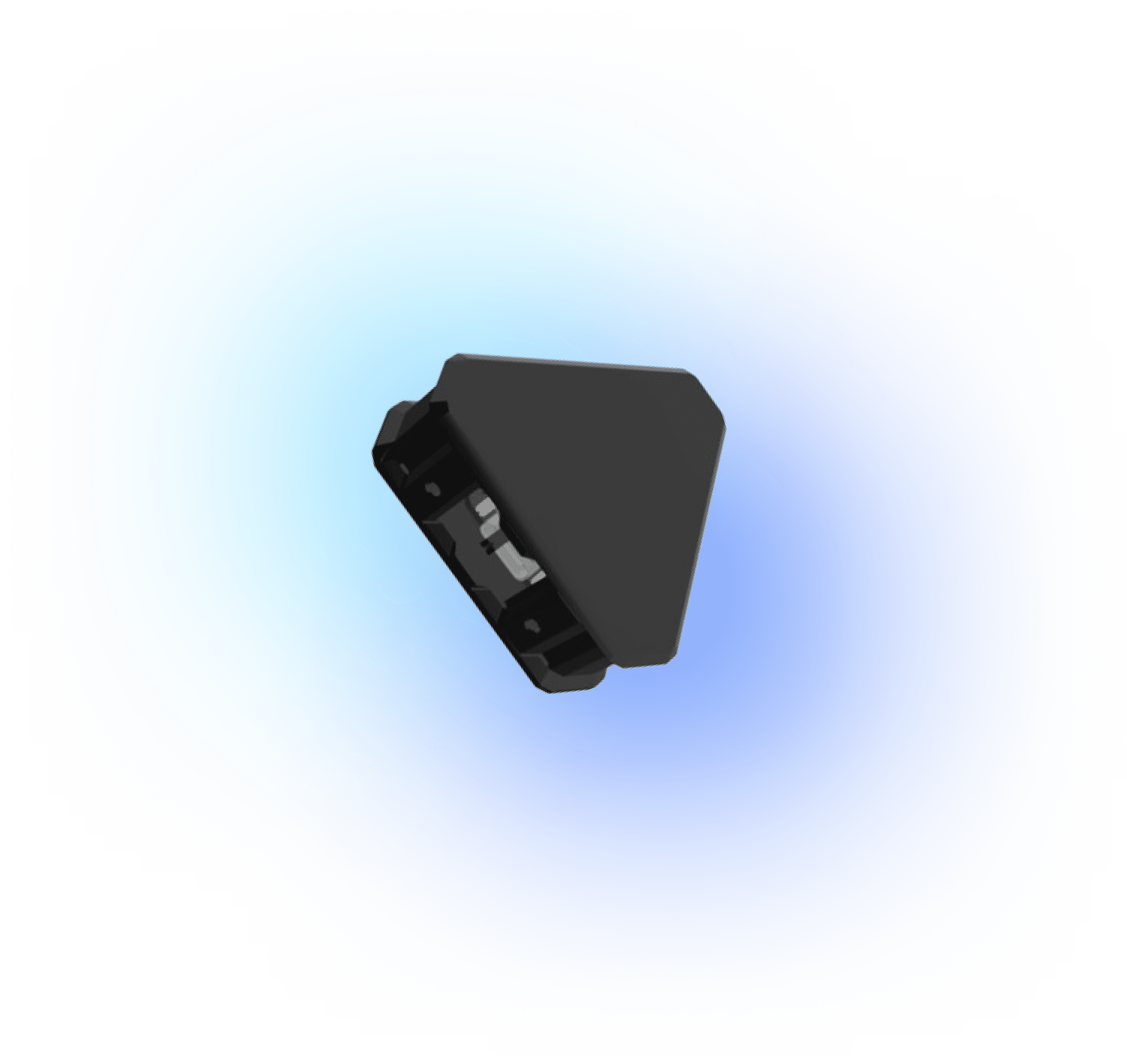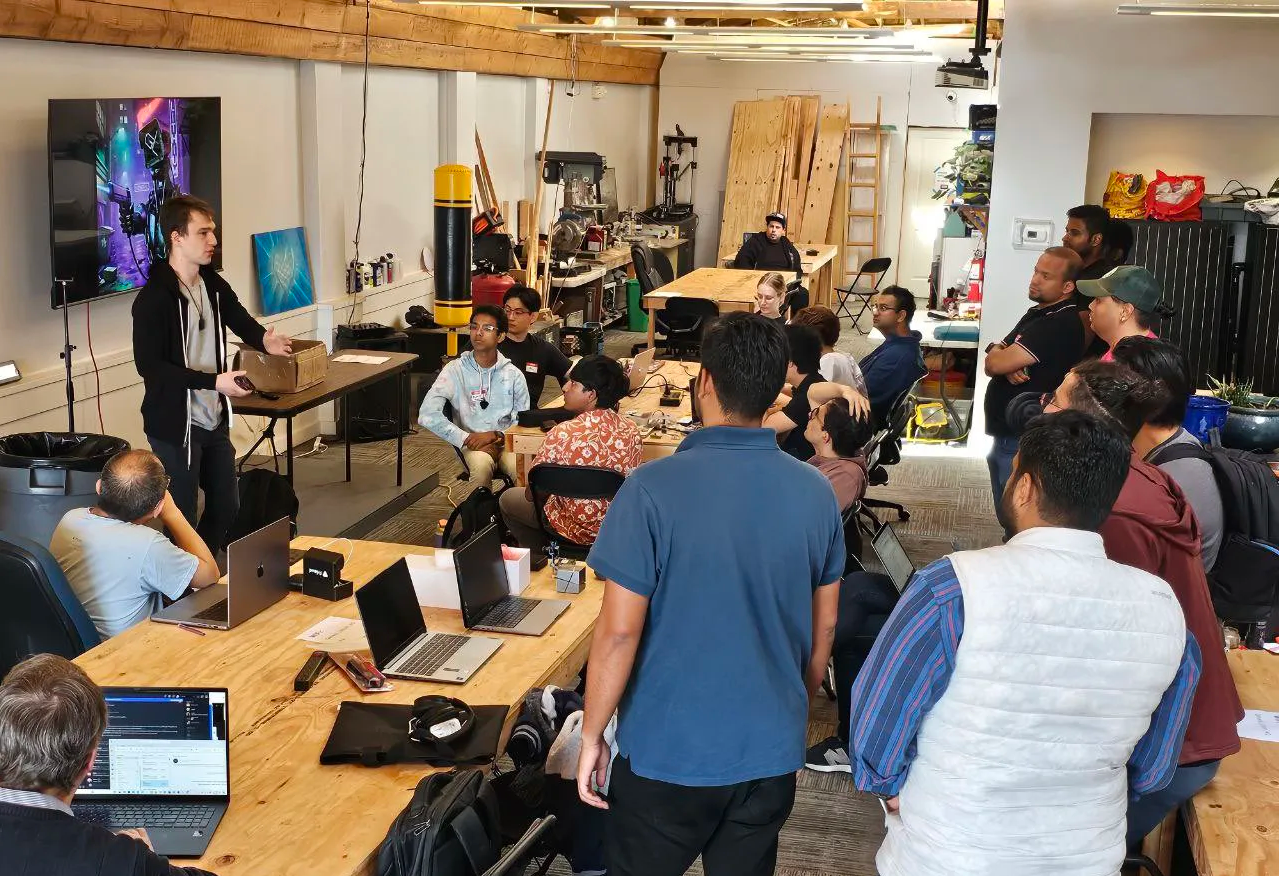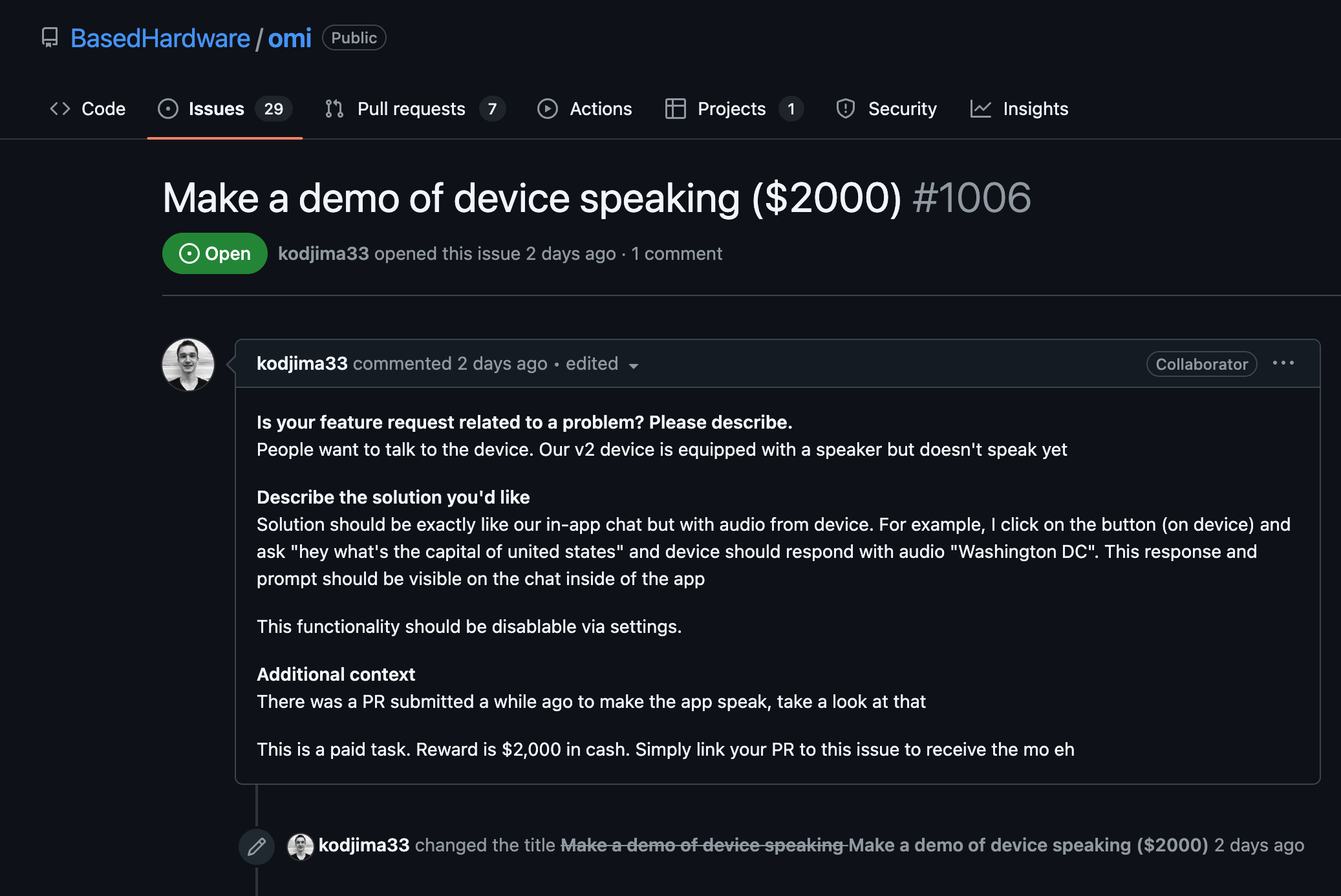Set Up Your Environment
- Ensure you have Docker installed on your machine. Docker can be downloaded from the official Docker website.
- Verify the installation by running the following command in your terminal:
docker --version
- Make sure you have access to SAP Cloud Platform and have the necessary authorizations. For more details, visit the SAP Cloud Platform.
Prepare Your Docker Image
- Create a Dockerfile that will set up the environment needed to run SAP Leonardo services. Here’s an example template for a basic Node.js application.
FROM node:14
# Create app directory
WORKDIR /usr/src/app
# Install app dependencies
COPY package*.json ./
RUN npm install
# Bundle app source
COPY . .
EXPOSE 8080
CMD ["node", "server.js"]
- Build your Docker image using the Dockerfile.
docker build -t sap-leonardo-app .
- Run your Docker container.
docker run -p 8080:8080 sap-leonardo-app
Connect to SAP Leonardo
- Access SAP Leonardo services via APIs. To integrate with Docker, use the SAP Cloud SDK or leverage SAP APIs directly.
- Set up the necessary service bindings in your SAP Cloud Platform cockpit, ensuring your Docker application can communicate and authenticate with SAP Leonardo.
- Integrate these services in your application by making HTTP requests to SAP Leonardo APIs.
const axios = require('axios');
// Example function to call an SAP Leonardo service
async function getLeonardoData() {
try {
const response = await axios.get('https://api.sap.com/leonardo/service', {
headers: {
Authorization: `Bearer ${your_access_token}`
}
});
console.log(response.data);
} catch (error) {
console.error(error);
}
}
Deploy & Test Your Application
- Deploy your Docker container to a cloud platform, for example, AWS, Azure, or Google Cloud, that supports Docker natively.
- Test the integration by accessing the exposed service endpoint and verify that communication with SAP Leonardo services is functioning correctly.
- Iterate on your integration as needed, adjusting configurations and code to ensure robust connectivity.


























